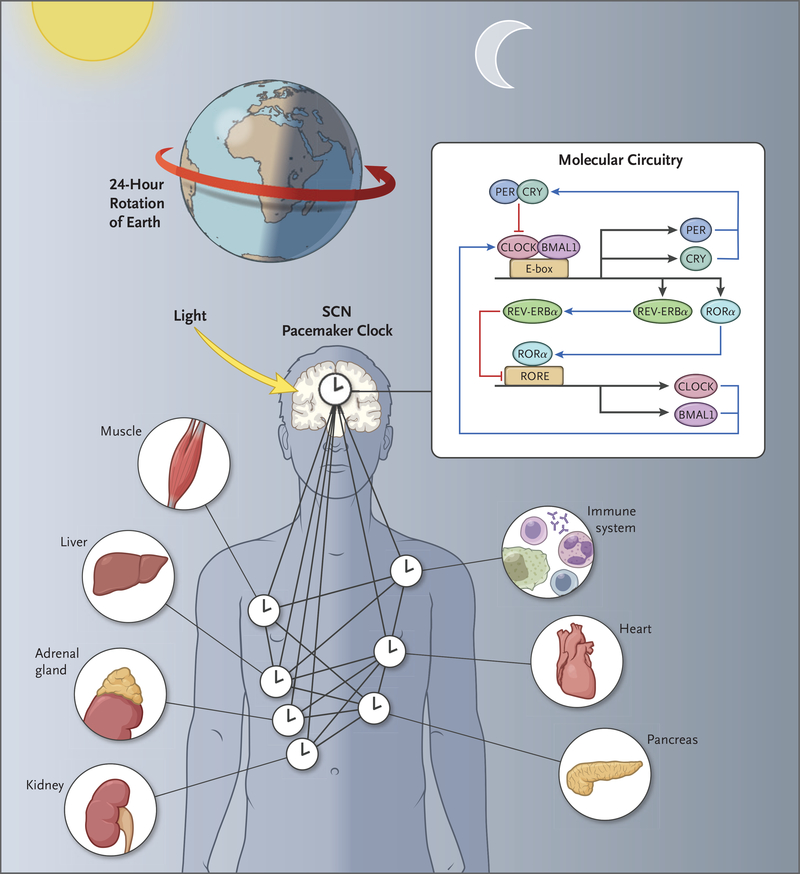Figure 1. Circadian Networks and Geophysical Time.
The molecular circuitry of circadian clocks is encoded by an autoregulatory 24-hour transcription loop in the brain, where the clocks align sleep–wake and feeding cycles with the rotation of Earth on its axis. Clocks are also present in nearly all tissues of the body, composing a network of timekeepers that anticipate varying environmental conditions each day. Having evolved across all kingdoms of life, the molecular circuitry provides photosensitive species with a mechanism to enhance bioenergetic cycles and ensure escape from DNA-damaging effects of sunlight. BMAL1 denotes brain and muscle Arnt-like protein 1, CLOCK circadian locomotor output cycles kaput, CRY cryptochrome, PER period, RORE retinoic acid–related orphan receptor (ROR) response elements, and SCN suprachiasmatic nucle

